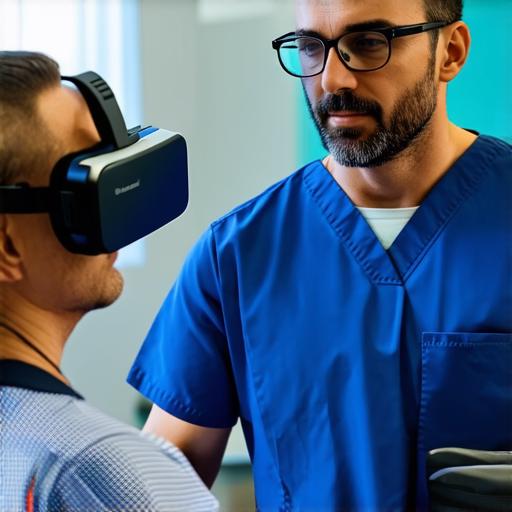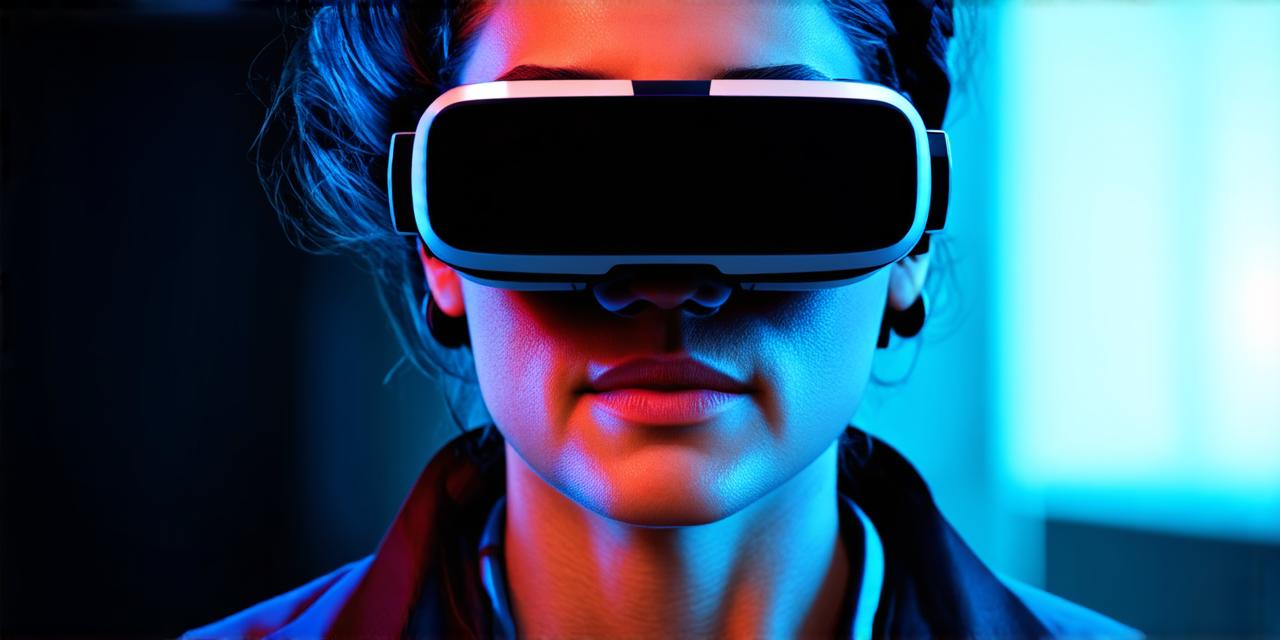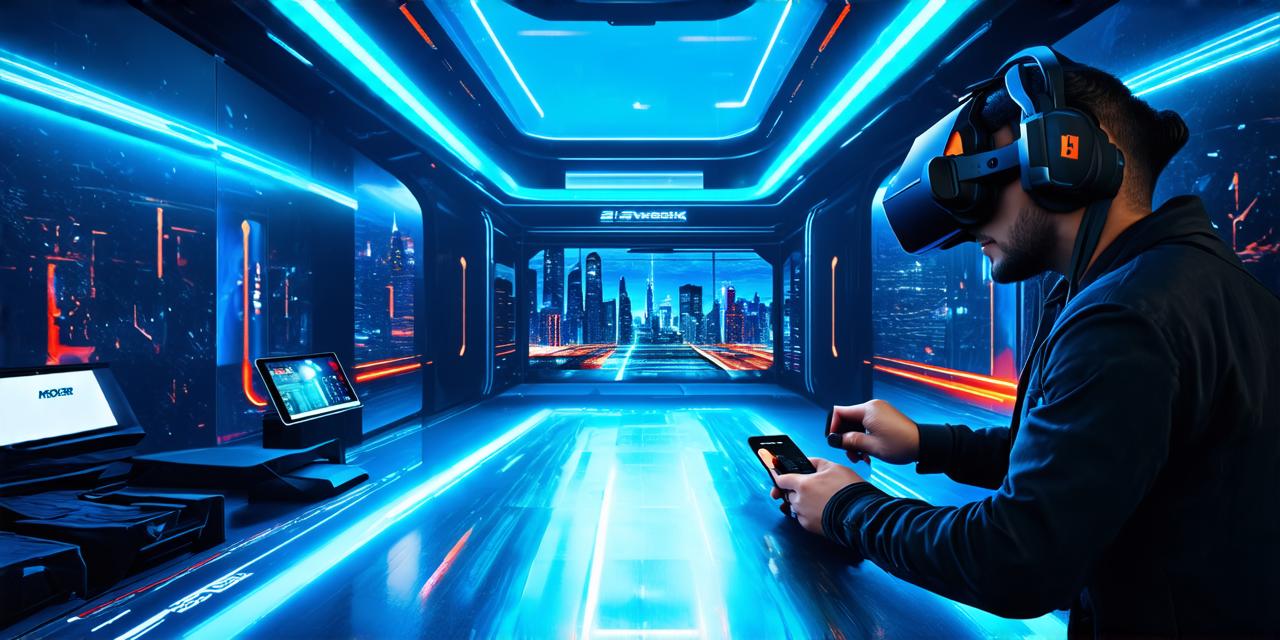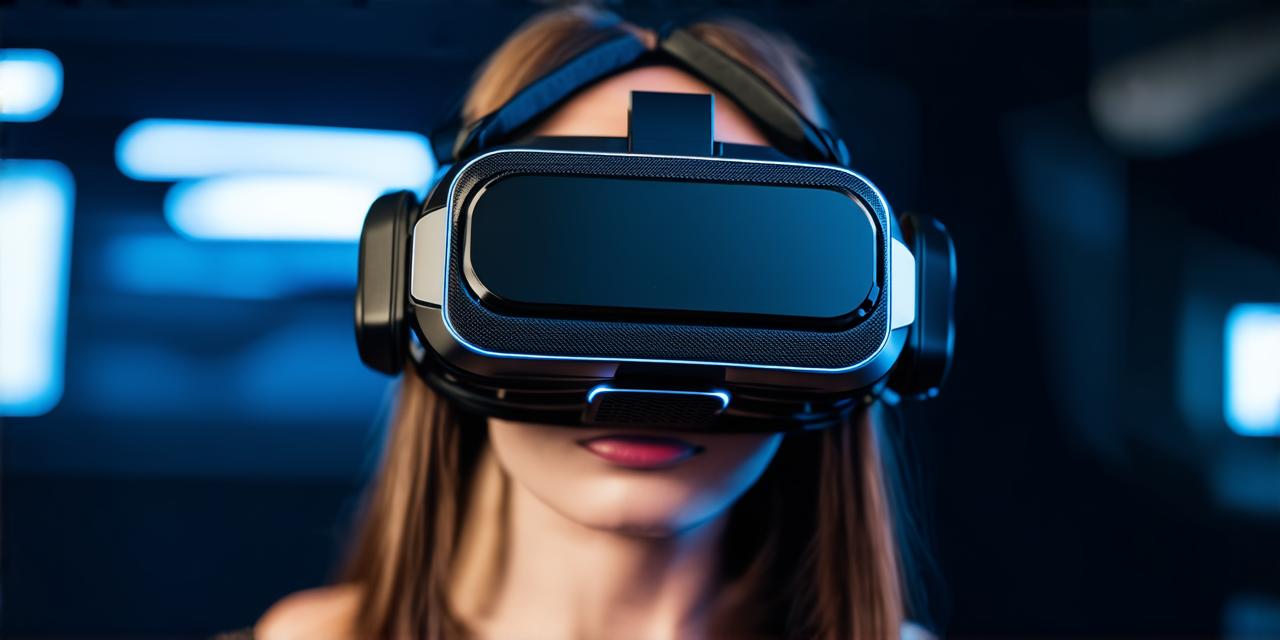Introduction:
Virtual reality technology has come a long way since its early days in gaming. Today, VR is being used in healthcare to create immersive experiences that can improve patient outcomes and enhance the overall patient experience.
How VR Can Improve Patient Outcomes:
Virtual reality technology has been shown to improve patient outcomes in a number of areas. For example, VR can be used to simulate surgical procedures, allowing doctors and nurses to practice their skills before performing the procedure on a real patient. This can lead to fewer complications and faster recovery times for patients.
VR can also be used to create immersive therapy experiences that can help patients with anxiety, depression, and PTSD. For example, VR can be used to simulate a traumatic event in a controlled environment, allowing patients to confront and overcome their fears in a safe space. This can lead to significant improvements in mental health outcomes for patients.
VR can also be used to create virtual reality simulations of hospital rooms or other healthcare settings, allowing patients to familiarize themselves with their surroundings before they are actually admitted to the hospital. This can reduce anxiety and improve patient satisfaction.
The Role of AR Developers:
As AR developers, you have an important role to play in the development of VR solutions for healthcare. You can create immersive experiences that enhance the patient experience and improve patient outcomes. For example, you could develop a VR simulation of a hospital room that allows patients to customize their surroundings and make changes to their environment as needed.
You could also develop VR simulations of medical procedures or surgeries, allowing doctors and nurses to practice their skills in a controlled environment before performing the procedure on a real patient. This would allow for greater accuracy and precision, leading to better outcomes for patients.
In addition, AR developers can create VR solutions that help healthcare providers manage and track their workflows more efficiently. For example, you could develop a VR simulation of a hospital ward that allows doctors and nurses to monitor patient status in real-time and respond quickly to any changes in a patient’s condition.
Real-Life Examples:
One example of how VR is being used in healthcare is the use of VR simulations for medical training. The University of California, San Francisco (UCSF) has developed a VR simulation of an operating room that allows medical students to practice surgical procedures in a controlled environment before performing them on real patients. This has led to improved surgical outcomes and reduced risks for patients.
Another example is the use of VR therapy for patients with PTSD. The Veterans Affairs (VA) has developed a VR program that simulates combat scenarios, allowing patients to confront and overcome their fears in a safe space. This has been shown to be effective in reducing symptoms of PTSD in veterans.

Summary:
Virtual reality technology has enormous potential applications in healthcare, and AR developers have an important role to play in this exciting new field. By creating immersive experiences that enhance the patient experience and improve patient outcomes, AR developers can help revolutionize the way healthcare is delivered. As VR continues to advance, we can expect to see even more innovative solutions emerge in this rapidly evolving field.




